I was lucky to be born in St. Petersburg, Russia, the city of museums and parks. My first scientific passion was exactly historical imperial gardens. Traditionally gardens have been seen as very special places, as paradises where people can enjoy sounds of water and birds, can rest their eyes on green grass and bright flowers and delight in the fragrance of roses. At the same time gardens are places of botanic practices and symbolic narratives of philosophy, art and history. Gardens are places where the Nature meets Art. Today, historic gardens play a very unique role in urban environment and need to be managed thoughtfully, with principles in mind.
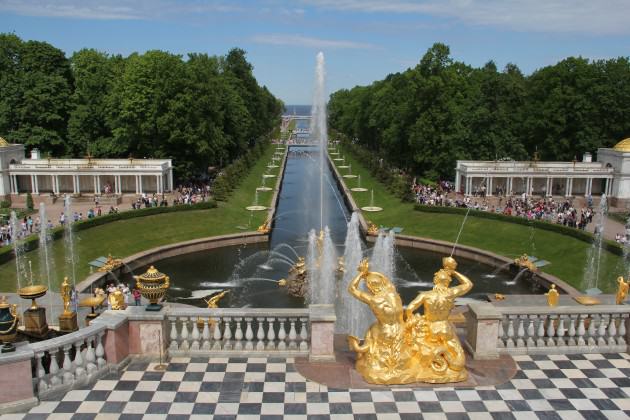
Urbanisation and globalisation resulted in homogenisation of urban landscapes and the loss of the sense of place – “genius loci”. Historical parks and gardens always play a very special role in urban landscapes because of their cultural and landscape values. Especially when it concerns the most recognised monuments of park and garden art, which hold a status at the UNESCO World Heritage Sites. At the moment the World Heritage List includes 962 properties forming part of the cultural and natural heritage. There are at least 20 sites which are historic parks and gardens.
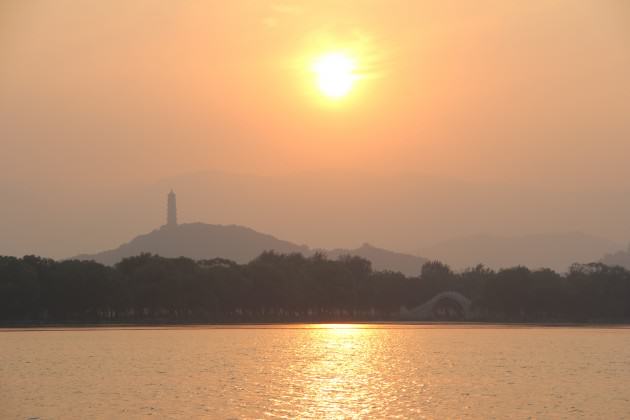
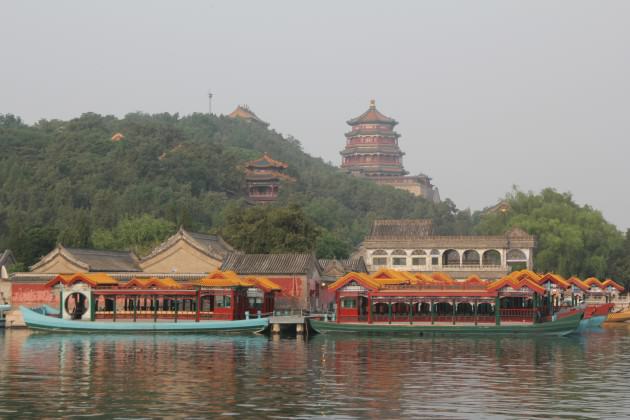
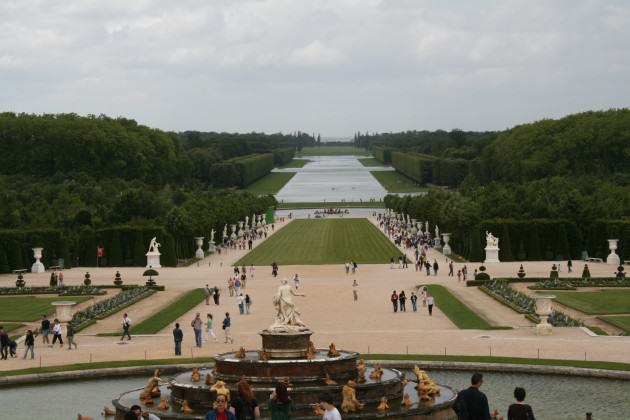
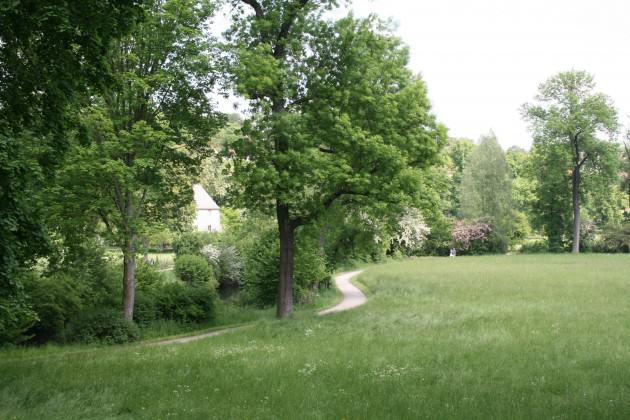
Over the two decades heritage parks in Europe have been re-evaluated and have begun to be seen as highly valuable urban biodiversity hotspots. Historical parks are not only witnesses of different historical art periods but also are refuges for rare flora and fauna. Very often they contain important fragments of natural landscapes. One of the classical examples of such a garden is Pavlovsky Park in St. Petersburg. The foundation of the park was a local mixed conifer-deciduous forest. This particular park was created by thinning and cutting these natural plant communities.
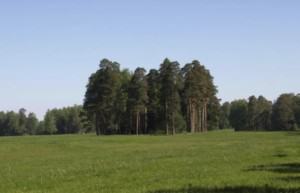
Parks are also unique living examples of horticultural practices and skills from previous centuries. In the era of unification and using material from “global” nurseries with genetically modified plants, historical parks contain unique genetic material that could help to preserve national and cultural identity. One of the best examples of such practices can be found in the Swedish historic park of Grönsöö. Here the parental material for linden alleys is the old Tilia tree (Queen Christina’slinden–tree), which was planted here in 1623 during the visit to Grönsöö of King Gustavus Adolphus’s mother.
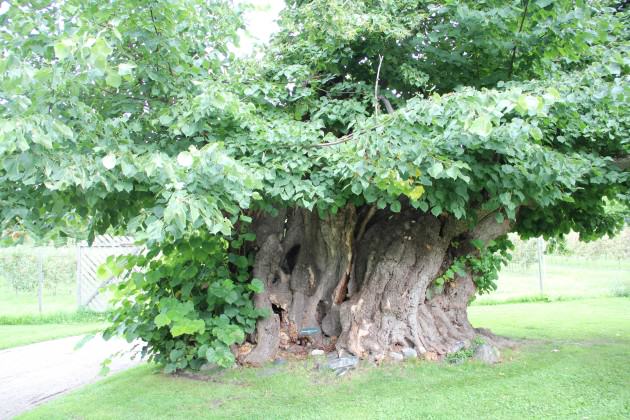
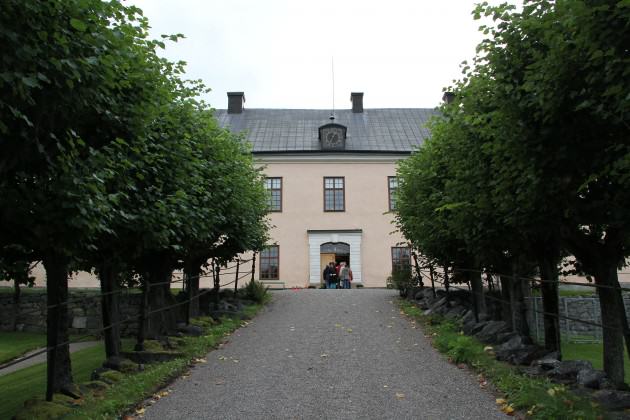
In the Garden of Villa Castello in Florence, the research and practical enthusiasm of the chief gardener allowed to reconstruct the unique Medici collection of Citrus species. He also discovered that inside the formal, very geometrical parterres many of local plants from surrounded forests, pastures and meadows were allowed to grow. In the 16-17th centuries there were no grass lawns here. Gardeners were very practical and sustainable.
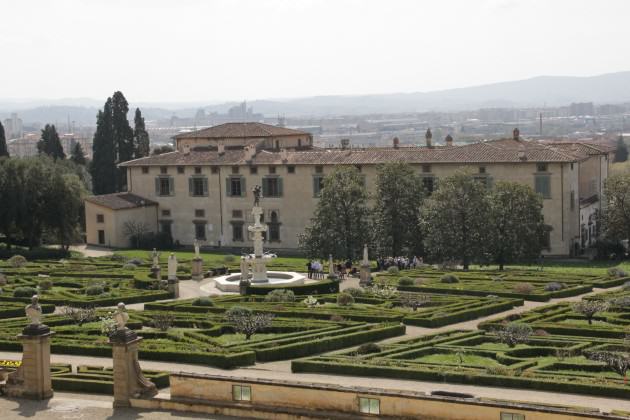
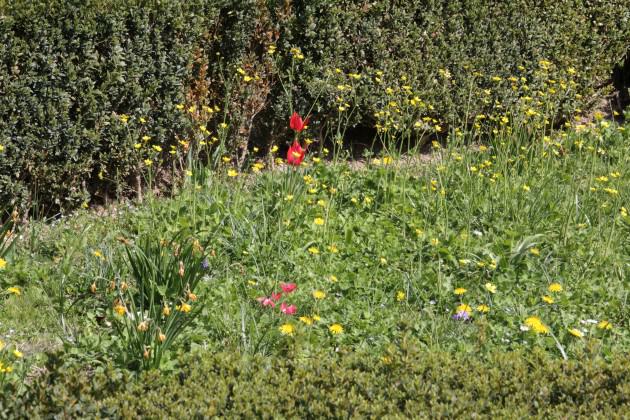
Most of the shrine and public gardens in Japanese cities are truly last remnants not only for some indigenous vegetation but also for sacred old trees. Wildlife here has a refuge in densely built urban environments.
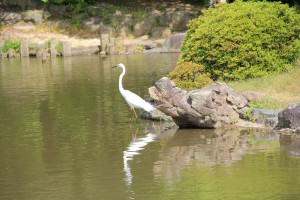
I dedicated seven years of my research to studying historical and ecological aspects of 18 historic parks and gardens of St. Petersburg (most of them are part of the UNESCO World Heritage system — Historic Centre of Saint Petersburg and related Group of Monuments: Summer Garden, Mikhailovsky Garden, Peterhof gardens, Pavlovsky Park, Oranienbaum parks, Tsarskoye Selo etc.). This research emphasized biological diversity, the connection of certain design styles to different practices of management and maintenance and the value of these heritage parks for biological conservation. Studies were based on field observation, mapping of rare plants and different types of plant communities, archive and literature research and interviews of garden keepers and landscape architects involved in the process of garden restoration.
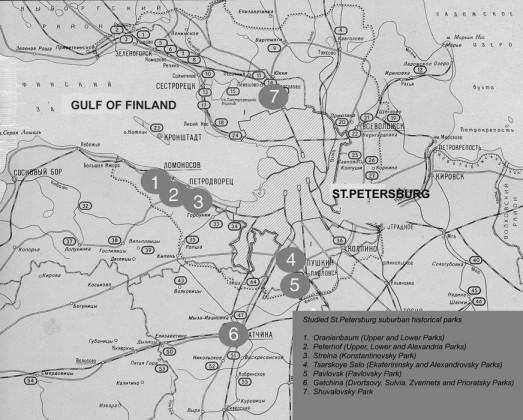
We created distribution maps for rare herbaceous species and spring ephemerals in St. Petersburg historical parks. These maps were used during the garden restoration and management process as an important tool for biodiversity protection in historic parks.
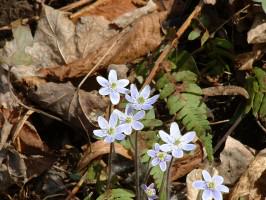
Summer Garden in St. Petersburg is one of the biggest and the most expansive restoration projects (finished in May 2012). It is also one of the most controversial projects. The creators of the project decided to restore some of the garden elements, which were destroyed by the disastrous 1777 flood in St. Petersburg. For example, the main fountains were reconstructed. The formal hedges along alleys changed the “usual” appearance of the garden.
Many citizens were not happy with the garden’s new look. However the designers gave a lot of emphasis to the biodiversity issues. Now all spring (vernal) plants such as Garea lutea, G. minima, G. granulosa, Anemone ranunculoides and Ficaria verna are well protected and all garden bosquets (groves) are fenced in by tall hedges.
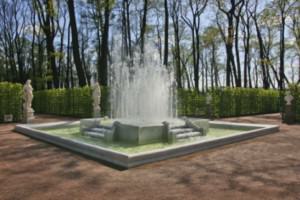
Reconstruction of bosquets was accompanied by planting numerous species of native and exotic shrubs (Viburnum, Berberis, Lonicera) which attract wildlife (including many birds).
Nesting boxes were attached on tree trunks. Historical plant material — indigenous Vaccinium vitis-idaea which is resistant to cold St. Petersburg winters — has been planted in broderie parterres. Our case studies of St. Petersburg parks provide an example of how floristic and vegetation analyses can help identify historical and post restoration pathways of succession in plant communities.
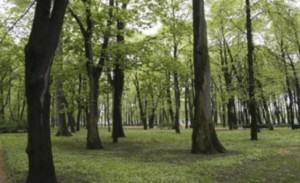
Research of past park management and maintenance can give navigation for sustainable design practices in modern green areas. One of the aims of this study in St. Petersburg was to propose guidelines for garden restoration that could be used in maintaining, protecting and reinforcing particularly valuable biodiversity components of park’s ecosystems (plants, insects and birds). While modern urban design implements a simplified version of the British Picturesque-Gardenesque landscape architecture principles in all cultures around the world (which generally ignore climatic and cultural differences), our study shows that historical parks can be good demonstration sites for keeping regional identity and biodiversity in highly urbanised environments.
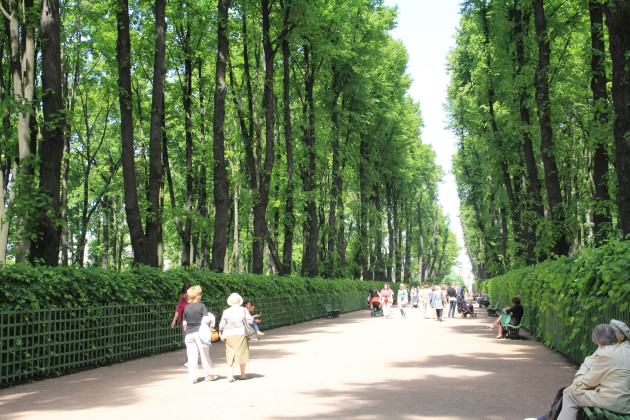
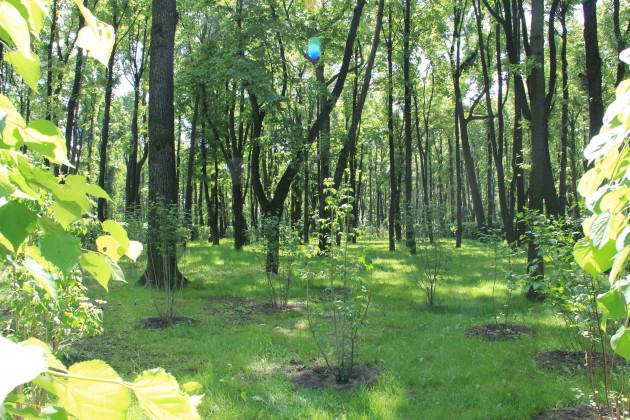
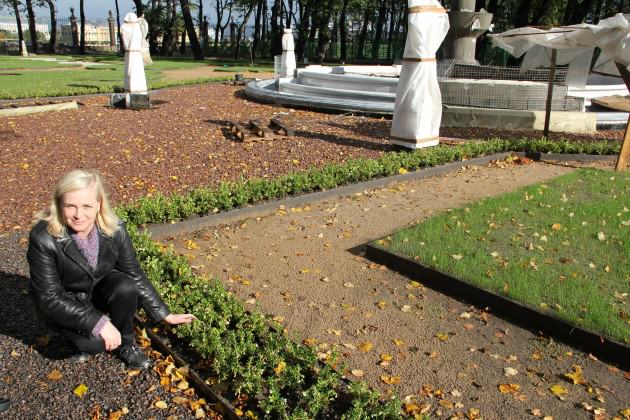
I particularly remember a wonderful morning in Boboli Gardens in Florence where we watched heron in the Isolotto Pond. Later we discovered that Boboli Gardens has a special wildlife protection policy. We bought several popular brochures on “The Birds of the Boboli Gardens” and even “The mollusks of the Boboli Gardens”. This Garden, designed in the mid-sixteen century, is one of largest parks in Florence and has incredible diversity of wild fauna.
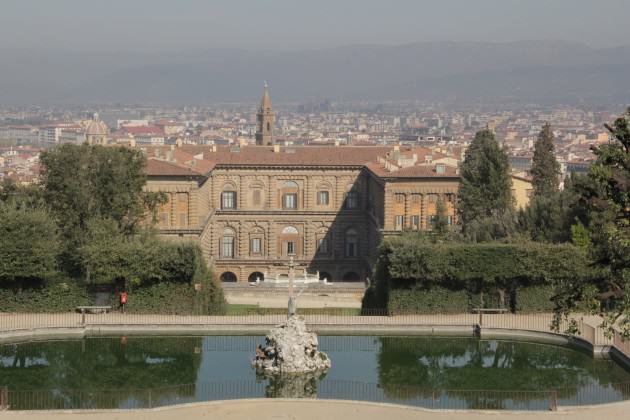
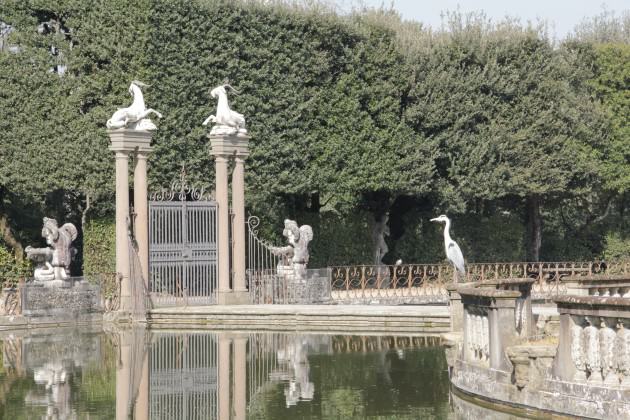
These positive examples show the pathway of how historic gardens — oases of culture and nature — can be true hotspots for urban biodiversity.
Based on our experience of working in St. Petersburg historic parks and gardens we can recommend the following guideline for preserving biodiversity in historic gardens:
- Inventory and analyze existing plant communities and wildlife.
- Map rare (for garden and parks) and endangered species.
- Educate the park’s administration and mangers about biodiversity peculiarities and the benefits of maintaining biodiversity for park’s ecological and cultural identity.
- Protect biodiversity during any park reconstruction or restoration to be sure that rare species and plant communities are preserved and not destroyed or damaged.
- Be sure that distribution maps of important plants and plantings are available for the authors of design projects and contractors who are responsible for restoration works.
- Write education brochures for the public on different aspects of biodiversity in parks.
- Organize special routes through the park that highlight the park’s biodiversity.
- Biodiversity should be part of the display in parks similar to museum and sculpture collections.
Maria Ignatieva
Uppsala, Sweden

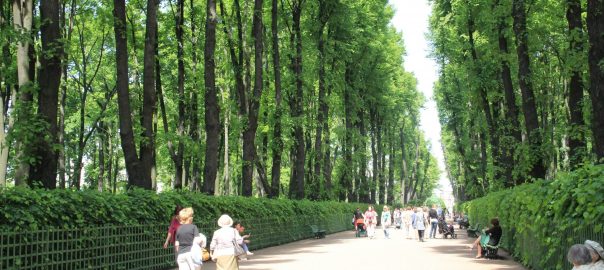






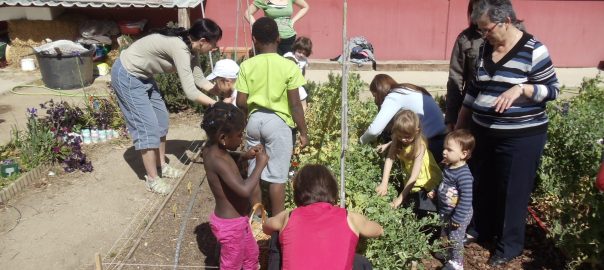
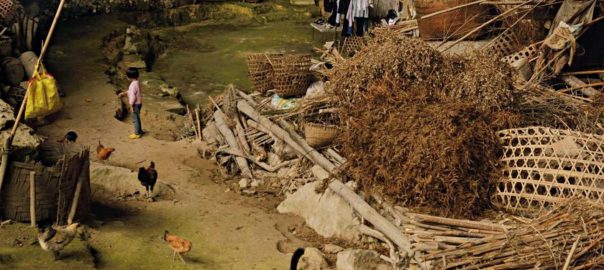

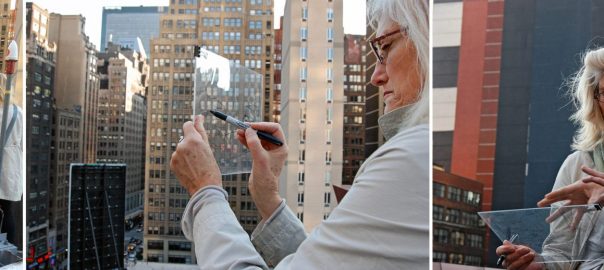
Add a Comment
Join our conversation